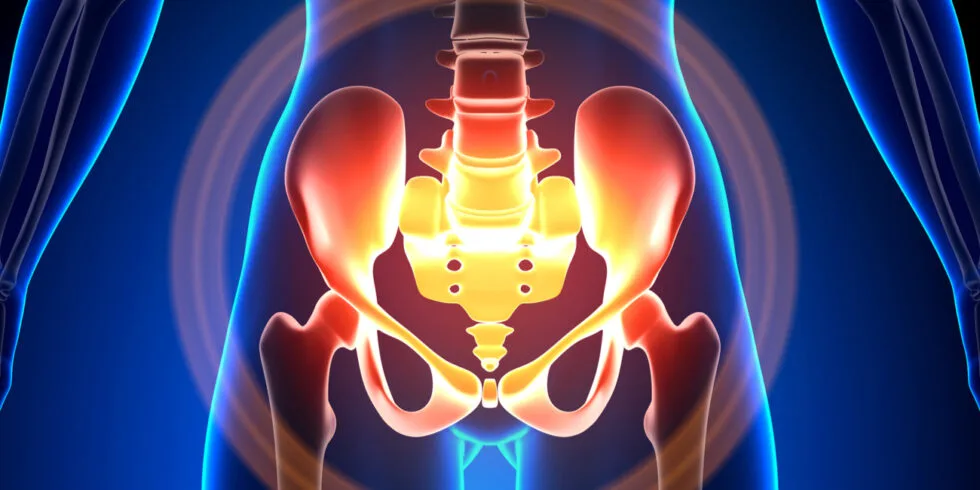In this modern era, it’s safe to say that a lot of us are open to new ideas and perspectives. No matter how open we are, there are still those who shy away from discussing health matters that they feel will embarrass them- one of them is Pelvic Floor Disorders (PFD).
Pelvic Floor Disorder happens to both genders but is more common with females. According to UCLA Health, one in three women will experience a pelvic floor disorder (PFD) in her lifetime.
Anatomically speaking, your pelvic floor is a group of muscles found in the floor (the base) of your pelvis (the bottom of your torso). These muscles support the structure that keeps everything in place within the body. Your pelvic floor muscles add support to several of your organs by wrapping around your pelvic bone. The pelvic organs include the bladder, uterus (for female), prostate (for male), and rectum(the area at the end of the large intestine where your body stores solid waste.
What is Pelvic Floor Disorder (PFD)?
These are a group of conditions that affect the pelvic floor. Pelvic Floor Disorder occurs when the pelvic muscles and connective tissue weaken. As a result, you’re unable to relax and coordinate the muscles in your pelvic floor to urinate or to have a bowel movement.
Here are the most common pelvic floor disorders:
Urinary incontinence- commonly known as the lack of bladder control
Fecal incontinence- the lack of bowel control
Pelvic organ prolapse – this is a condition in which the uterus, bladder, and bowel may “drop” within the vagina and cause a bulge through the vaginal canal
Signs and symptoms
For women, having PFD may cause pain during intercourse. For men, however, will experience erectile dysfunction (problems keeping an erection). Some patients with PFD also report the following:
- Constipation
- Pressure and pain in the vagina or rectum
- Urinary incontinence (the urgent need to pee)
- Painful urination
- Incomplete emptying of the bladder
- A “heavy” feeling in the pelvis
- A bulge in the vaginal area or rectum
- Muscle spasms felt in the pelvis.
Causes
Some of the known causes of PFD are
- Pregnancy and childbirth – giving birth can put a strain on the pelvic floor and vagina; births are known to double the rate of PFD compared to Cesarean deliveries.
- Menopause and aging – As you age, your pelvic floor muscles weaken during menopause and may lead to the development of pelvic organ prolapse.
- Trauma and/or injury
Obesity
There are some treatment options available for patients who have PFD. Some think that surgery is the best option, but we’re here to tell you that before going under the knife, one of the most recommended treatments would be Pelvic Floor Physical Therapy. Through a variety of exercises, Physical Therapy has helped in strengthening the pelvic floor muscles and in mitigating the side effects of PFD.
Physical Therapy Exercises
The Kegels exercise
Kegels can be done anywhere that you’re sitting, standing, or lying on bed and no one will know you’re doing it. Both men and women can do this exercise.
Before doing this, make sure your bladder is empty. Tighten or contract your pelvic floor muscles for 3 seconds and then relax for 3 seconds. Don’t push down, tightening means you’re pulling your muscles up, and remember to breathe while doing Kegels. You can repeat this 8 to 10 times a day.
Bridges
This exercise targets a lot of muscles but can also be very beneficial in strengthening your pelvic muscles especially the buttocks area.
To do this exercise, lie down on a matted floor with your knees bent at a 90-degree angle. Push your hips off the ground by squeezing your glutes and your pelvic floor muscles. Hold this position for at least three seconds, then slowly release it back to the ground. Repeat these steps at least 8 times.
Squats
When it comes to strengthening your pelvic muscles, some experts swear by squats since it engages some of the largest muscles of your body. This exercise relaxes the pelvic floor but you have to be careful to not allow your buttocks muscles to do all the work.
To do a squat, stand upright with your feet apart, bend your knees like you’re about to sit down in a chair, and push yourself back up. Repeat these steps at least 8 times.
It’s essential to have a complete understanding of Pelvic Floor disorders. Worst cases may require surgery and medications, but having yourself assessed and diagnosed early can help you in preventing it to get worse. Following your physician and Physical Therapist in your treatment plan will give you the best results. For more information, you can send us a message, here!



